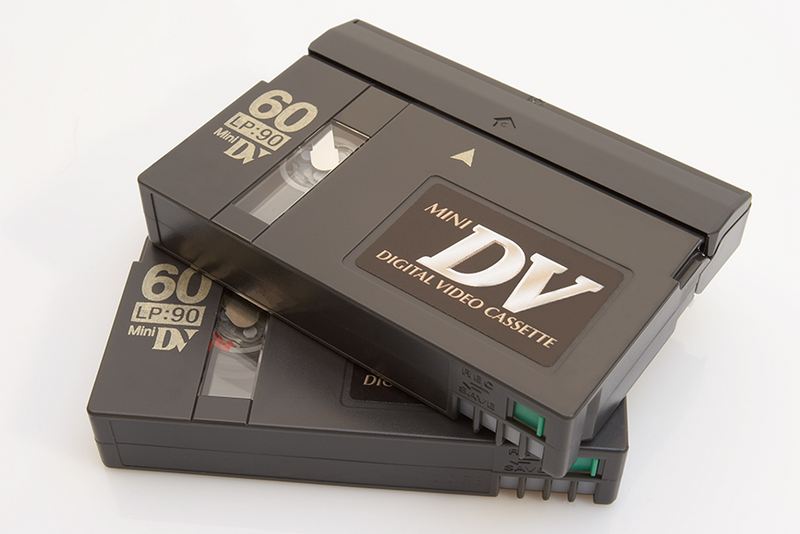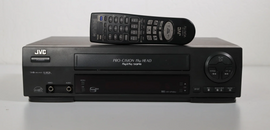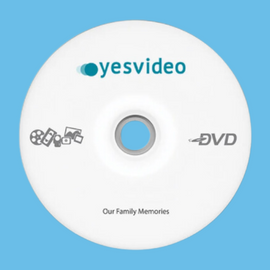
Digital Video (DV) cassette tapes are a type of magnetic tape format used for recording and storing digital video & audio. This format was introduced in the mid-1990s and quickly became a popular standard for professional and consumer video recording. In this blog post, we will explore the history, technical specifications, and uses of the DV cassette tape.
History of Digital Video Cassette Tapes
The DV cassette tape was first introduced in 1995 by Sony and JVC as a standard for professional video recording. The format was designed to provide high-quality digital video and audio recording with a compact and easy-to-use cassette tape format.
DV cassette tapes quickly became popular with both professional and consumer users, as the format allowed for high-quality video and audio recording at an affordable price. The format was also used for digital camcorders, which allowed consumers to easily record and share their memories with friends and family.
The technical specifications of Digital Video Cassette Tapes
DV cassette tapes use a tape width of 6.35mm and were available in three different sizes: small, standard, and large. The small size was commonly used for digital camcorders, while the larger sizes were used for professional video recording.
The DV cassette tape format uses a compressed digital video format, which allows for high-quality video and audio recording. The format uses the DV codec, which compresses the video data to a ratio of approximately 5:1. The compressed data is then recorded onto the magnetic tape using a helical scan method.
The DV cassette tape format has a data transfer rate of 25Mbps, which allows for the recording of high-quality video and audio with low levels of compression. The format also allows for the recording of up to 80 minutes of video on a standard-size cassette tape.
Uses of Digital Video Cassette Tapes
Digital Video (DV) cassette tapes were used for a wide range of applications, including professional video recording, consumer video recording, and digital camcorders.
Professional video recording: DV cassette tapes were commonly used in professional video production, including television shows, movies, and documentaries. The high-quality video and audio recording capabilities of the format made it a popular choice for professional videographers.
Consumer video recording: DV cassette tapes were also used by consumers for recording home movies. The format allowed consumers to record high-quality video and audio of family events, vacations, and other important memories.
Digital camcorders: DV cassette tapes were commonly used in digital camcorders, which allowed consumers to easily record and share their memories with friends and family. Digital camcorders were popular in the early 2000s, and the format allowed for easy recording and transfer of video & audio data.

Digital Video Cassette Tapes Today
DV cassette tapes were a popular standard for professional and consumer video recording in the 1990s and early 2000s. However, the magnetic tape will not last more than a few decades. Today, this is why smart consumers are converting the video on the DV cassette tapes to a more portable digital format, like the MP4.

